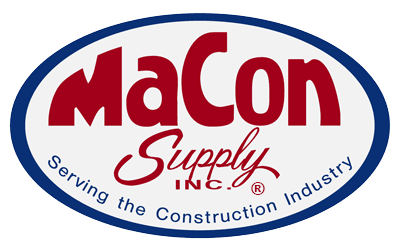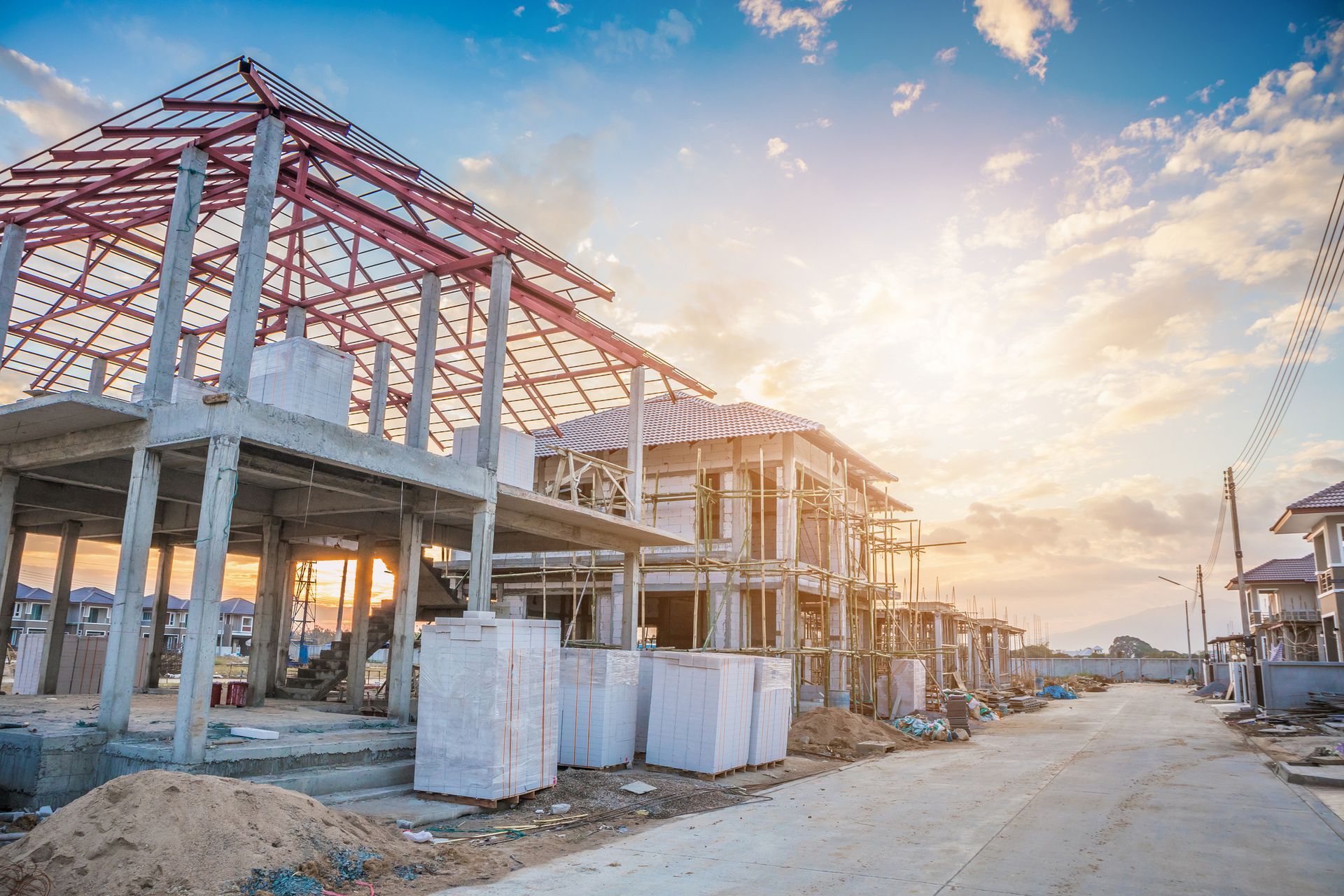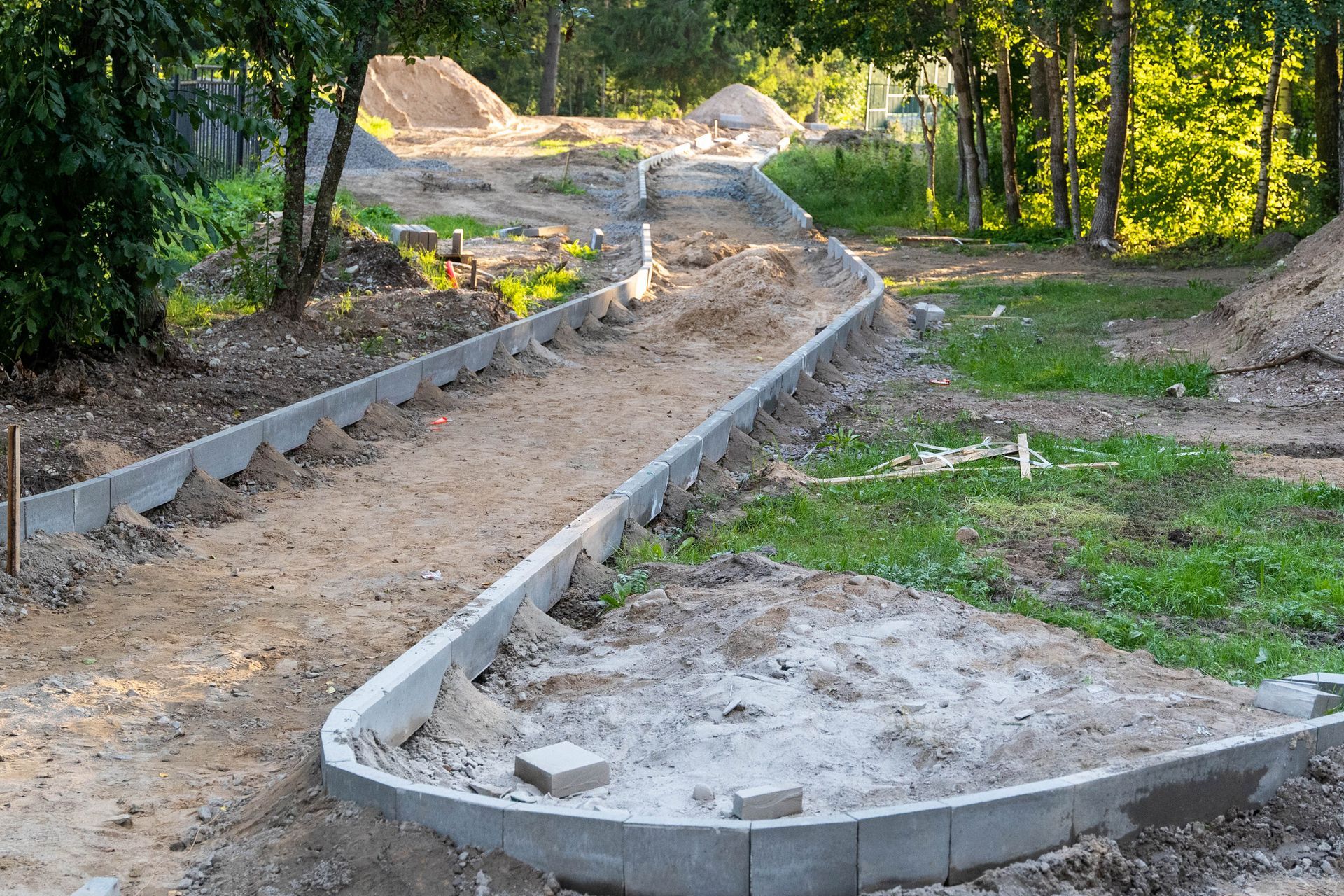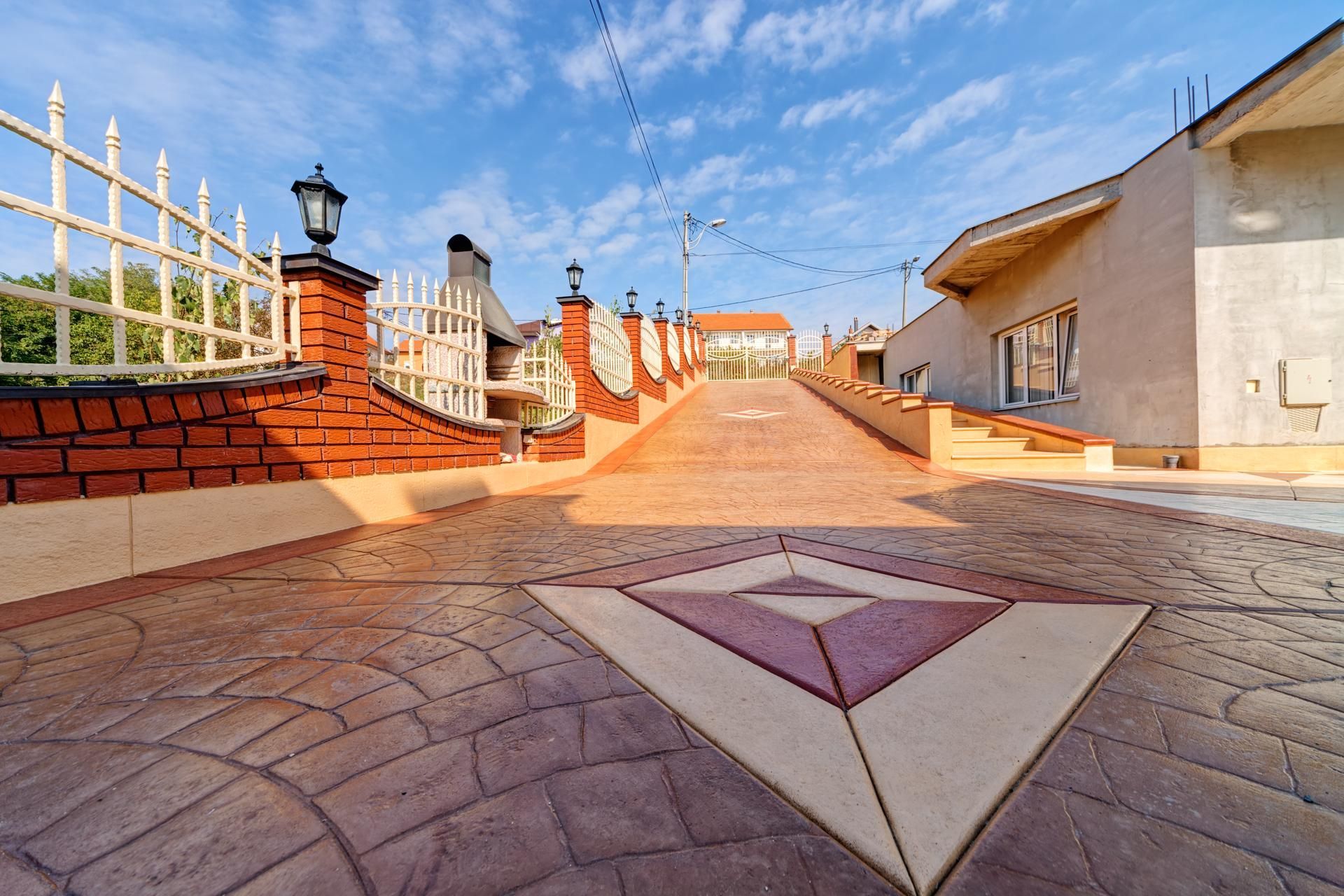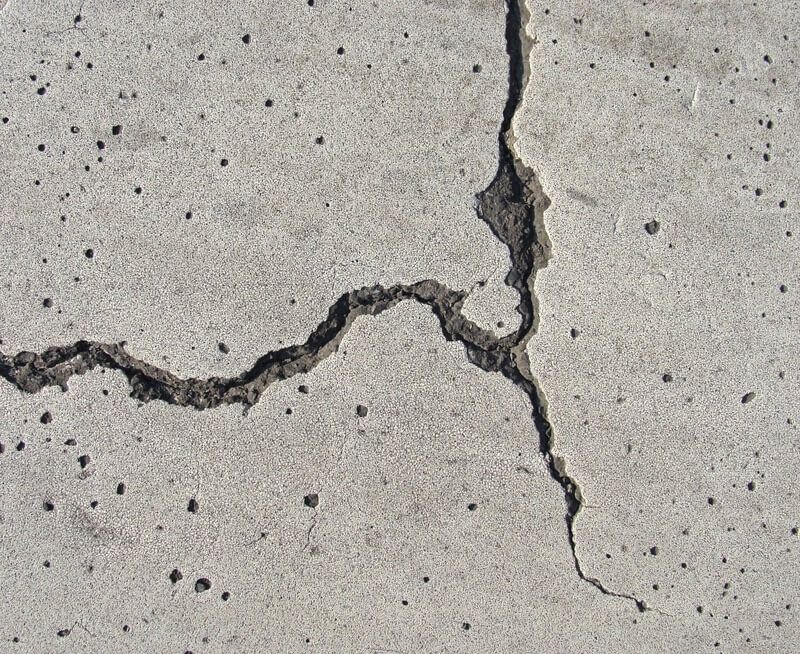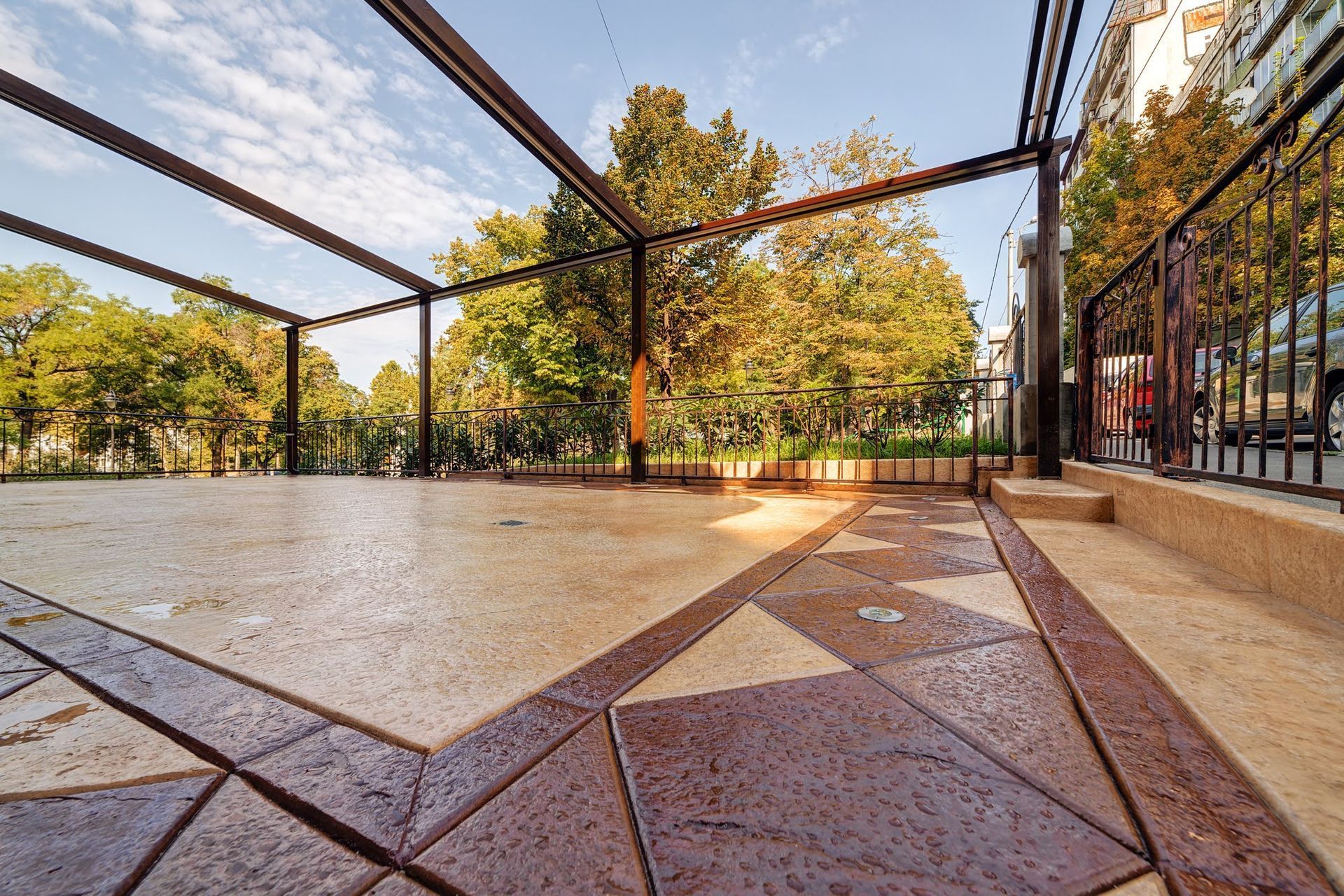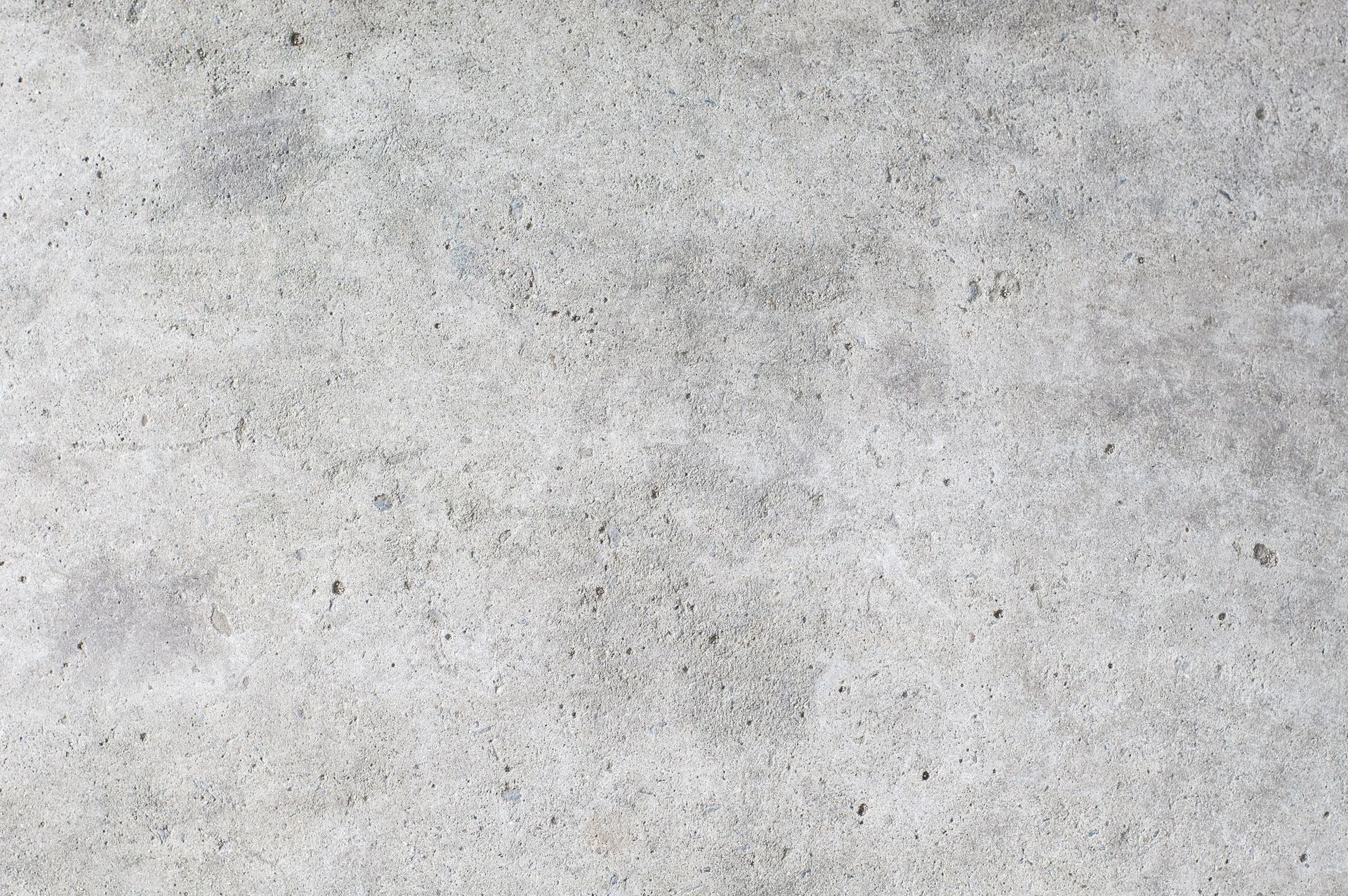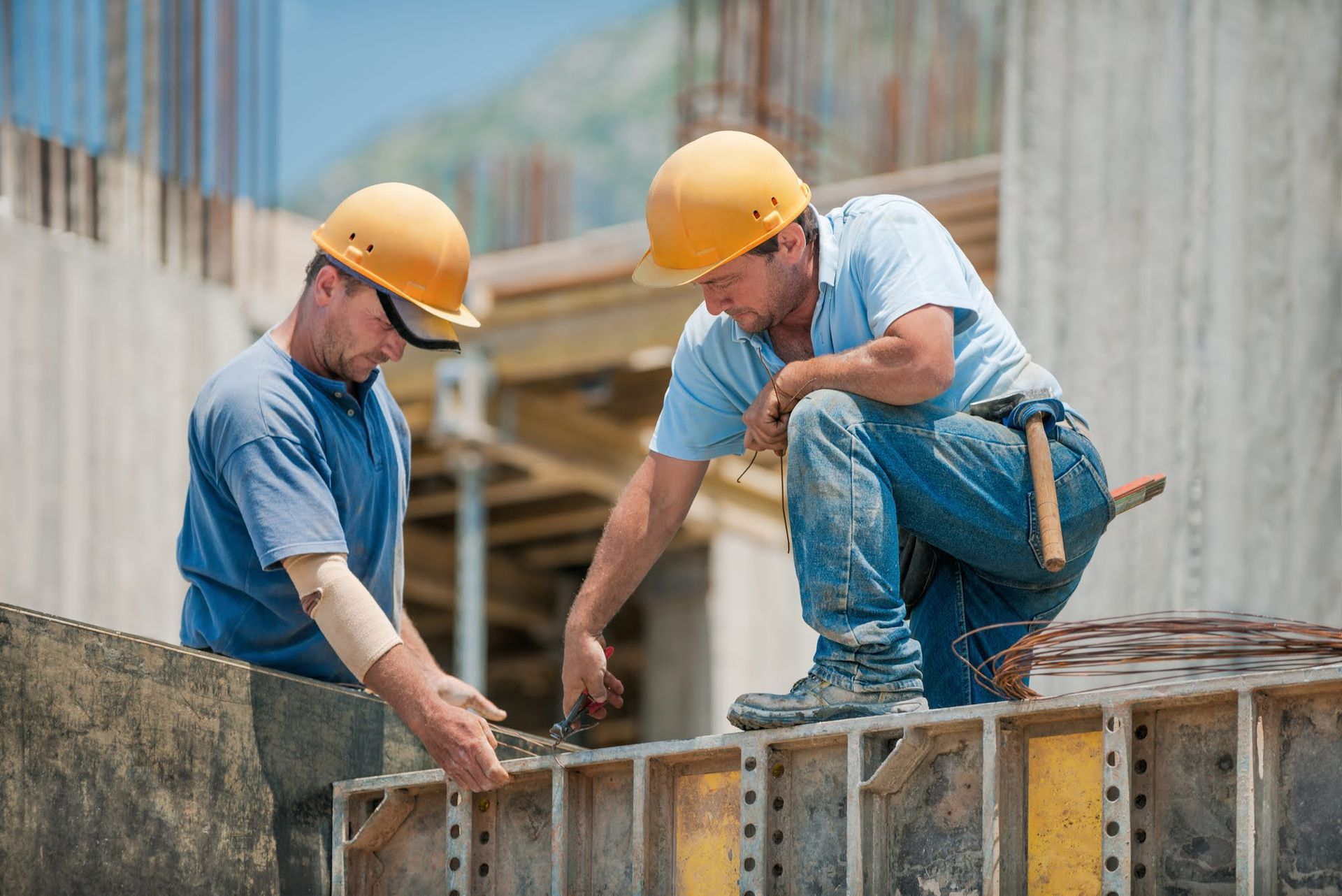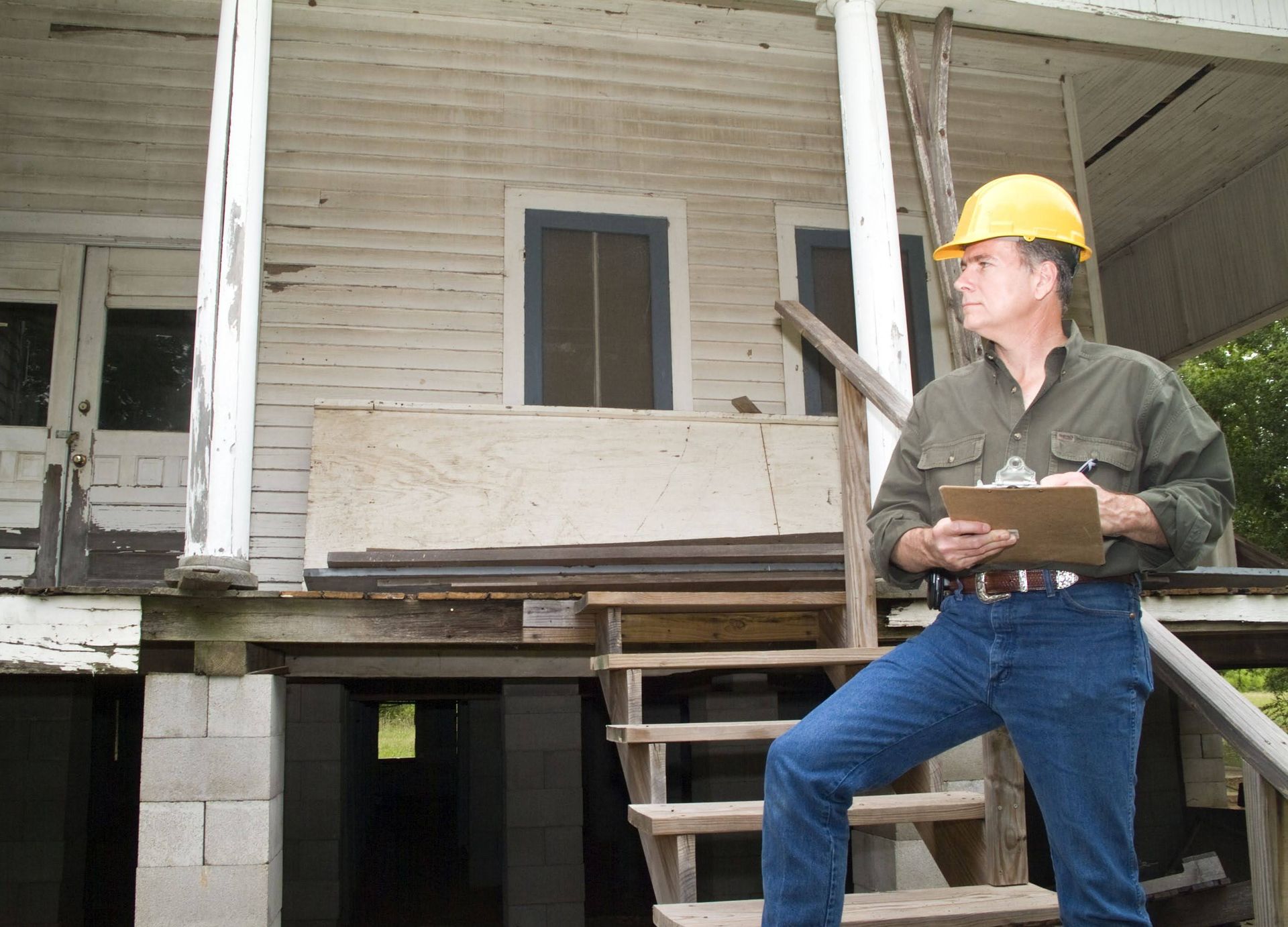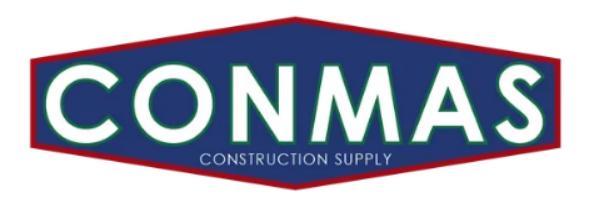Crafting Smooth Walkways: Concrete Sidewalk Forming Systems
Concrete sidewalks form the backbone of urban infrastructure, connecting neighborhoods, businesses, and public spaces with functional and durable pathways. Achieving flawless sidewalks requires precision and careful planning, and at the heart of this process lie concrete sidewalk forming systems. Designed for efficiency and uniformity, these systems help ensure the finished product meets aesthetic expectations and complies with building standards. Here, we explore what these systems are, their key components, and why they are indispensable in the construction world.
Understanding Concrete Sidewalk Forming Systems
Concrete sidewalk forming systems are specialized tools designed to shape, align, and support wet concrete during the paving process. These systems provide precise edges, smooth surfaces, and consistent thickness across walkways, resulting in sidewalks that can withstand wear and tear over time.
Key Features of an Effective Forming System
Superior concrete forming systems stand out due to their versatility and strength. Durability is critical—these systems must withstand the weight of wet concrete without warping or shifting. High-quality systems typically use materials like steel or rigid aluminum for their frames, as these provide the stability needed for strength and reusability.
Precision is another hallmark of an effective forming system. The setup includes adjustable brackets and supports that allow for the seamless shaping of curved paths, sharp corners, or intricate designs. This flexibility translates to better project outcomes and improved client satisfaction. Accessories like stakes and wedges ensure the forms remain in position during pouring and curing, eliminating irregularities or unplanned deviations in the structure.
Application Techniques for Optimal Results
Working with concrete sidewalk forming systems demands precision and an understanding of best practices. The initial stage involves site preparation. Clearing debris, leveling the ground, and evaluating slope gradients are integral to ensuring the reinforcement system successfully delivers a solid foundation.
The edges of the forming materials must align securely while also accounting for any curvatures, expansions, or decorative designs specified in the plan. Careful anchoring ensures the forms remain stable during the pouring process, where the semi-fluid nature of wet concrete exerts considerable pressure on their walls.
Pouring concrete is a critical phase where maintaining consistency in material flow is essential. Professional-grade forming systems help guide the mixture into place, reducing movement or settling that could produce uneven thickness or weak points. Leveling tools such as screeds are commonly utilized to smooth the surface, while workers monitor for air pockets or excess moisture that might compromise the structural integrity.
Finally, proper curing processes follow the pour. Ensuring stability in the forming system throughout this period helps maintain the intended shape and finish as the concrete solidifies into durable pedestrian pathways.
The Benefits of Concrete Sidewalk Forming Systems
Investing in robust forming systems offers considerable benefits for construction professionals. The most significant advantage is achieving superior quality and accuracy, ensuring that sidewalks meet aesthetic and functional requirements alike. These systems reduce inconsistencies caused by manual shaping and promote the avoidance of costly errors.
Additionally, forming systems help teams work more efficiently. By simplifying setup and enabling fast adjustments for size or shape, they save time on every project, promoting faster completion rates and lower labor costs. Since most systems are reusable, they are a cost-effective solution in the long term, aligning well with sustainable construction practices and ensuring materials serve multiple projects.
Lastly, the visual results achieved with forming systems offer an undeniable edge. Sidewalks that display clean, polished finishes contribute to the professional reputation of any construction group, helping build trust with clients and stakeholders.
Elevating Sidewalk Construction to Excellence
Concrete sidewalk forming systems are more than tools; they are an essential bridge to operational efficiency, structural precision, and client satisfaction. With the correct implementation, these systems empower professionals to achieve projects that are as durable as they are visually appealing. From sprawling urban footpaths to intricate residential walkways, forming systems set the stage for flawless results every time. By leveraging these tools, teams optimize their performance and refine the very pathways that connect our shared spaces.
For more info about this, contact us at MaCon Supply Inc.
